The 40 shades refers to all the grassland and grass that grows in the country.
Grassland is the main land use in Ireland and covers almost 90% of all agricultural land here.
Grass grows by trapping energy from sunlight and converting it into energy and other materials. This is called photosynthesis.
In grass, it is carried out in special organelles called chloroplasts.
These chloroplasts contain a special pigment (colour) known as chlorophyll, which absorbs some of the sun’s energy.
The reason grass has a green color is because this chlorophyll reflects green light waves from the sunlight.
This energy from the sun is then used as the fuel that allows the plant to grow, by combining carbon dioxide from the air and water taken in through the roots of the plant to produce glucose.
At the same time, oxygen in released back to the atmosphere. This is the oxygen we need to breathe to stay alive!
It’s now the time of year when grass growth is at its highest.
Grass can grow as fast as 100kg of dry matter (DM) per hectare per day in May and June.
This is important for farmers to feed their cattle and sheep, but also to make hay and silage to feed during the winter when the grass is not growing.
Why does the grass grow so quickly right now?
There are a few reasons.
Firstly, the grass plant is trying to produce seed, so its growth rate is naturally faster in order to do so. Then, we have the ideal growing conditions at this time of the year.
The days are long, so there are many hours of sunlight each day to provide energy to the plants to help them grow. Temperatures are also at their highest, which allows all the chemical reactions taking place in the plant to happen as quickly as possible.
Finally, there is usually enough moisture in the ground to allow the grass to grow. Water or rain are really important for grass growth and we are pretty lucky in Ireland as we get plenty of rain – though it does mean we don’t get many days to go to the beach!
Fertiliser
However, this is not everything that grass needs. It also needs different elements such as phosphorus and potassium to ensure grass can grow quickly and produce good-quality feed for our cattle and sheep.
We call these elements fertiliser and farmers will spread them on their fields, either as slurry, dung or bagged fertiliser to increase the soil fertility.
Cows and sheep also spread these fertilisers naturally as they are grazing.
A fertiliser is a chemical element that enhances soil fertility or replaces the nutrients that are removed by a plant or crop.
Also, farmers spread lime and nitrogen on their fields to help the grass grow. Lime can be a fertiliser as it adds calcium and/or magnesium to the soil, but lime’s most important function is that it changes the acidity or the pH of the soil.
Perhaps the most important element for plant growth is nitrogen
By having the correct pH in the soil, it makes the other elements such as phosphorous or potassium more available to the plant and increases plant growth rate.
Nitrogen
Perhaps the most important element for plant growth is nitrogen. Some people argue that nitrogen is not a fertiliser, as it does not increase soil fertility in the same way as phosphorus does. But it is essential for plant growth, and by having more nitrogen available to the plant, then the rate at which the plant grows will be increased. Nitrogen is present in chlorophyll, which gives grass its green colour.
You will notice in some fields which have received nitrogen that the grass looks ‘greener’. Also, when cows have finished grazing a paddock or field, you will notice some patches of grass which are very green. These are areas where the cows had a wee, and their wee contains lots of nitrogen.
So, how does nitrogen help grass to grow? Nitrogen is present in the chlorophyll and the chlorophyll captures the sun’s energy to allow the plant to grow.
Also, nitrogen is the main building block of amino acids, which form plant proteins and enzymes which allow the plant to grow and produce good-quality feed for our animals, provide oxygen for people and animals and remove carbon dioxide from the atmosphere.
We usually apply nitrogen as fertilisers or slurry to grassland. The most abundant element in the air is actually nitrogen, but most plants can’t use this nitrogen directly from the air.
Some plants have developed a special relationship with certain bacteria and these plants are called legumes, like clover and beans.
Farmers will often plant clover and grass together, so they don’t need to spread as much nitrogen to grow grass. This is also helpful for the environment, as there are less greenhouse gases released when fertiliser levels are reduced.
So when you see the grass growing in the fields, or when mam and dad are giving out about having to mow the lawn again, remember that this is all powered by the sun and nutrients from the soil.



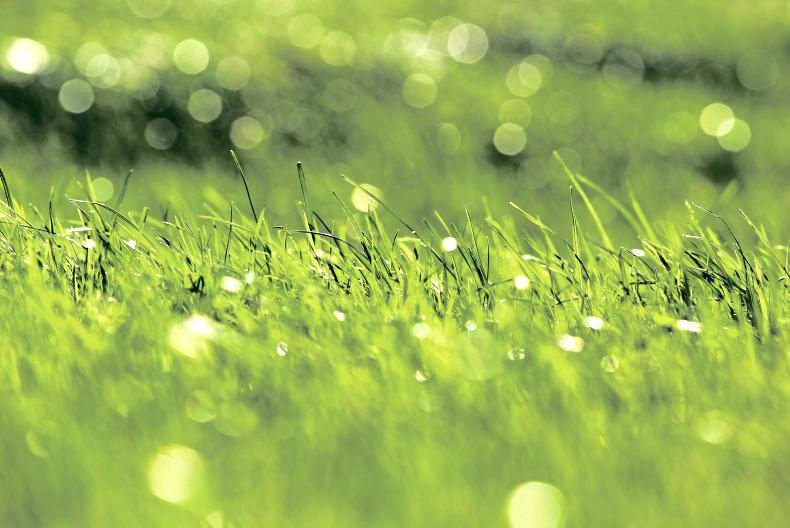

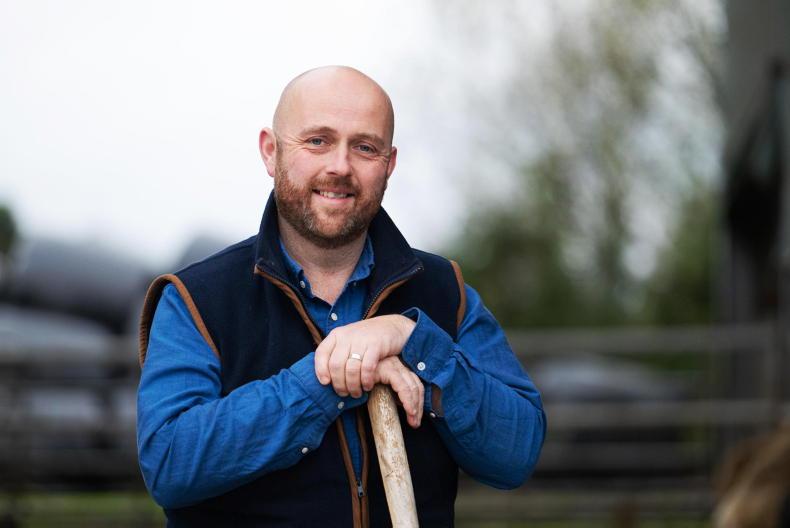

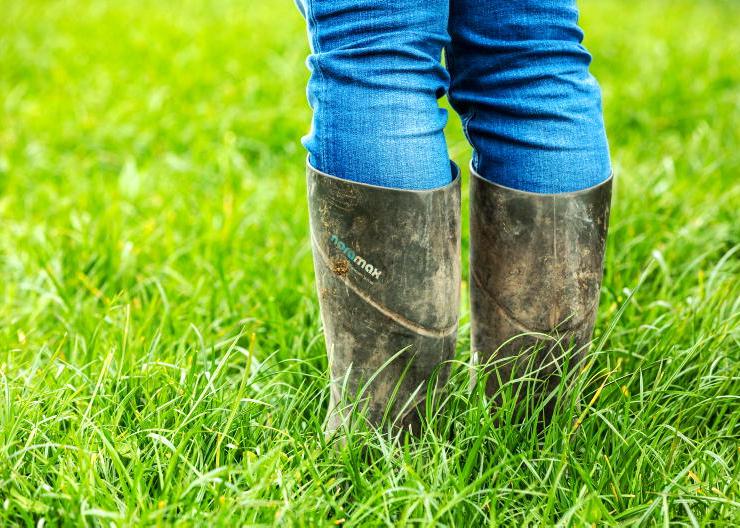
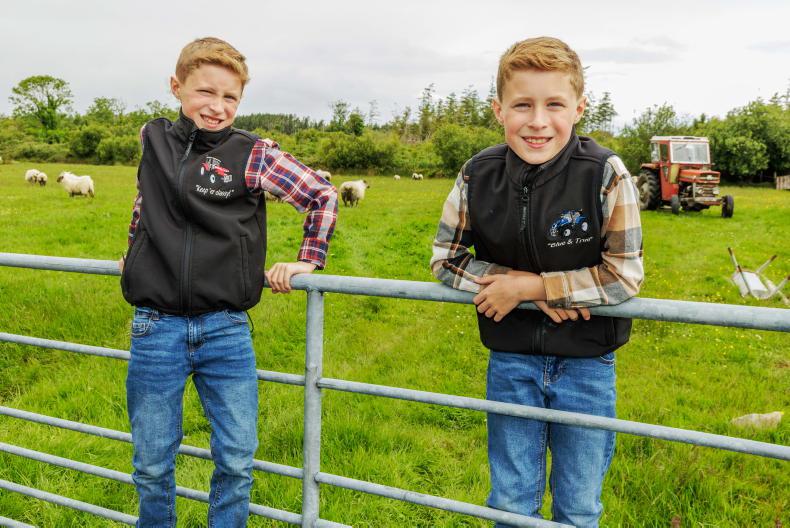
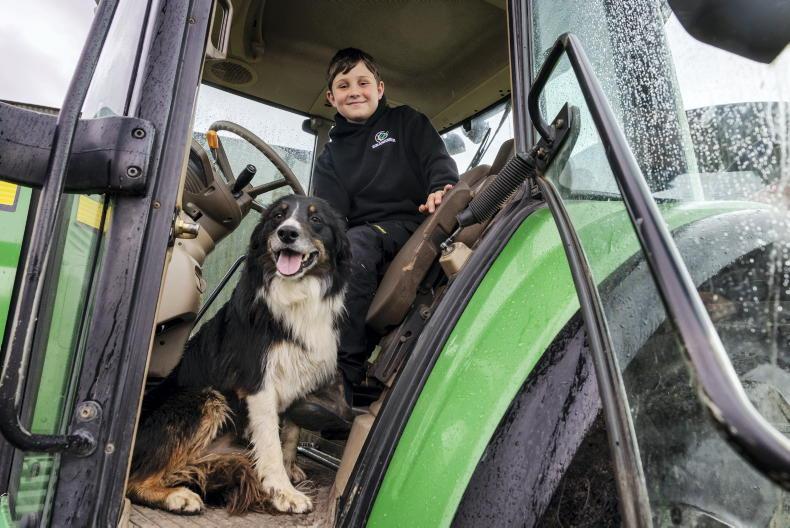
SHARING OPTIONS